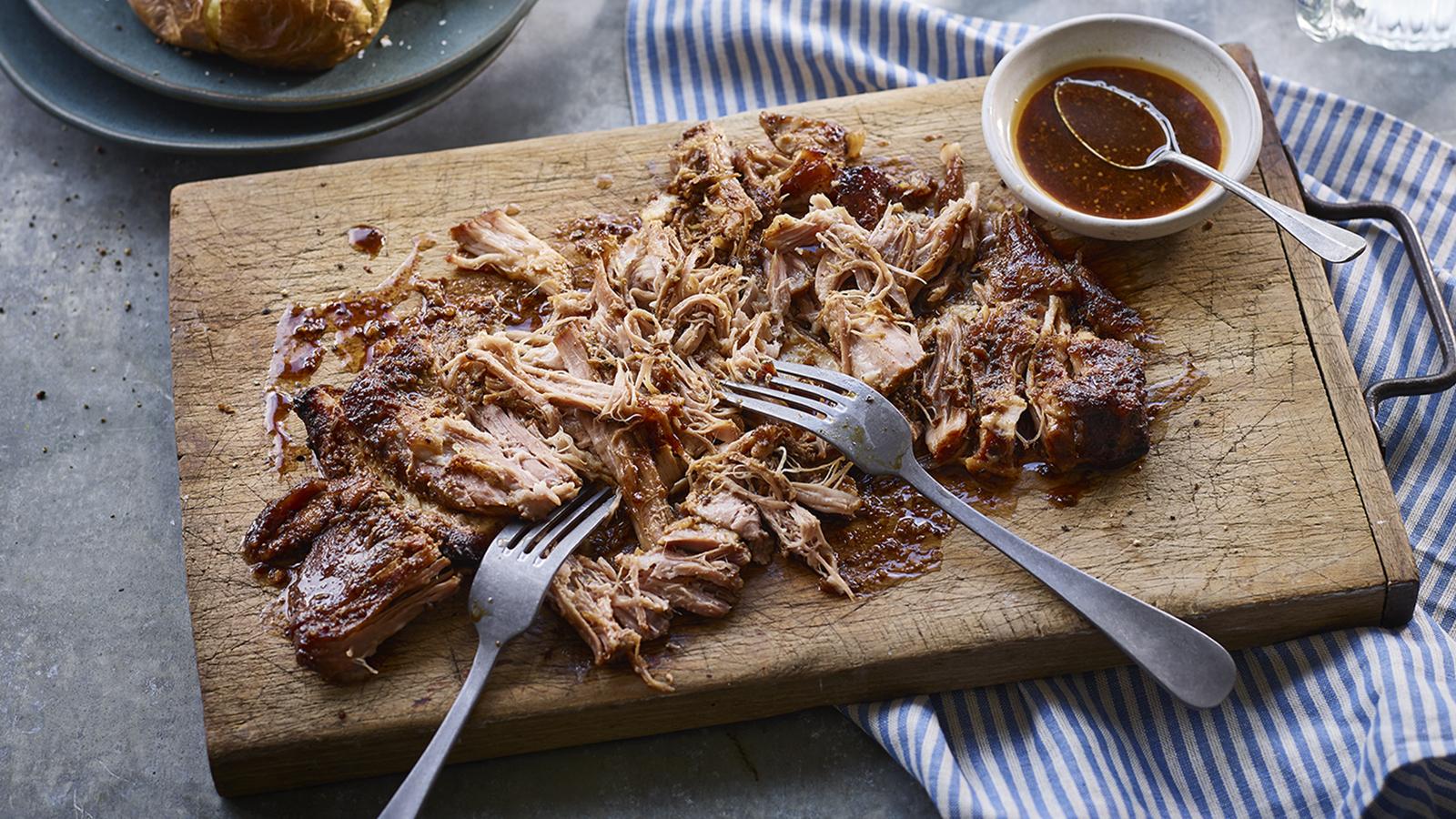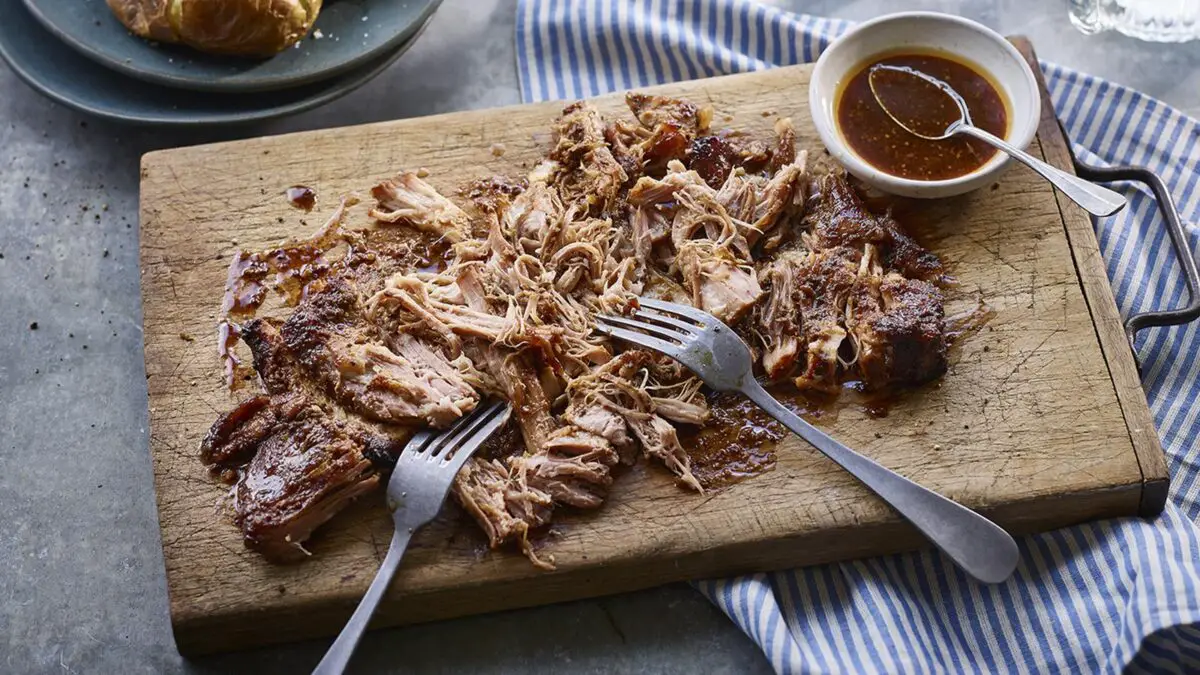
Newsletter Subscribe
Enter your email address below and subscribe to our newsletter

Enter your email address below and subscribe to our newsletter

Pulled pork is a popular BBQ dish loved by many, but is pulled pork healthy or unhealthy?
In this article, we’ll examine the nutritional profile of pulled pork, its potential health drawbacks, and ways to make it healthier.
My aim is to help you make informed choices about your diet while still enjoying the delicious taste of pulled pork.

Pulled pork is a good source of protein, with a 3-ounce serving providing about 22 grams. It also contains essential vitamins and minerals like vitamin B6, thiamin, and phosphorus according to USDA.
Pulled pork is also high in fat, with a 3-ounce serving containing around 16 grams, including saturated fat. While these fats can provide energy and contribute to the flavor and texture of the meat, they can also raise cholesterol levels and increase the risk of heart disease.
Compared to plant-based protein sources like legumes, pulled pork has less fiber and phytonutrient content. It can still be a part of a balanced diet, especially when paired with other nutrient-rich foods.
The high fat and calorie content of pulled pork is a potential health drawback, especially when consumed in large amounts.
It’s important to note that excessive intake of saturated fats, like those found in pulled pork, can raise the risk of cardiovascular disease.
There are many BBQ sauces made for pulled pork that contain added sugars and sodium, which can contribute to weight gain, high blood pressure, and other health issues.
The way pulled pork is prepared and served can also impact its healthfulness. Smoking and grilling can create carcinogenic compounds that may increase the risk of cancer.
You can bake or roast pulled pork which can be a healthier alternative. Removing the skin and trimming visible fat before cooking can also help reduce the fat content.
When serving pulled pork, opt for healthier sides like grilled vegetables, whole-grain bread, or a side salad. You can also choose lower-sugar BBQ sauces or make your own at home using natural sweeteners like honey or maple syrup.
Yes, it is generally safe to eat pulled pork as long as it is cooked to the appropriate temperature of 145°F for whole cuts and 160°F for ground pork. It’s also important to follow safe food handling practices, such as washing your hands and cooking surfaces thoroughly, to prevent foodborne illnesses.
Yes, pulled pork can be a healthy part of a balanced diet when consumed in moderation and prepared in a healthy way. It is a good source of protein and certain vitamins, but it is also high in fat and calories. It’s important to choose lean cuts of pork and limit added sugars and sodium in BBQ sauces.
Yes, there are many alternative sauces and seasonings you can use to flavor pulled pork. For example, you could try using a vinegar-based sauce, a dry rub, or a mustard-based sauce. You could also add herbs and spices, such as garlic, cumin, and paprika, to add flavor without adding extra calories or sodium.
Yes, leftover pulled pork can be frozen for later use. Make sure to store it in an airtight container or freezer bag, and label it with the date it was frozen. When you’re ready to use it, thaw it in the refrigerator or microwave and reheat it to the appropriate temperature before eating.
There are many ways to use pulled pork for healthy meals. For example, you could use it as a topping for a salad or baked potato, or add it to whole grain wraps or sandwiches with plenty of vegetables. You could also mix it with quinoa or brown rice and serve it in a bowl with roasted vegetables.
Pulled pork can be a part of a healthy diet when consumed in moderation and prepared in a healthy way. It’s a good source of protein and contains essential vitamins and minerals.
You will find that pulled pork is high in fat and calorie content, as well as added sugars and sodium in BBQ sauces, which can be a potential health drawback.
By choosing leaner cuts, preparing pulled pork in a healthy way, and pairing it with nutrient-rich sides, you can enjoy the delicious taste of pulled pork without worrying about whether pulled pork is unhealthy or healthy for you.